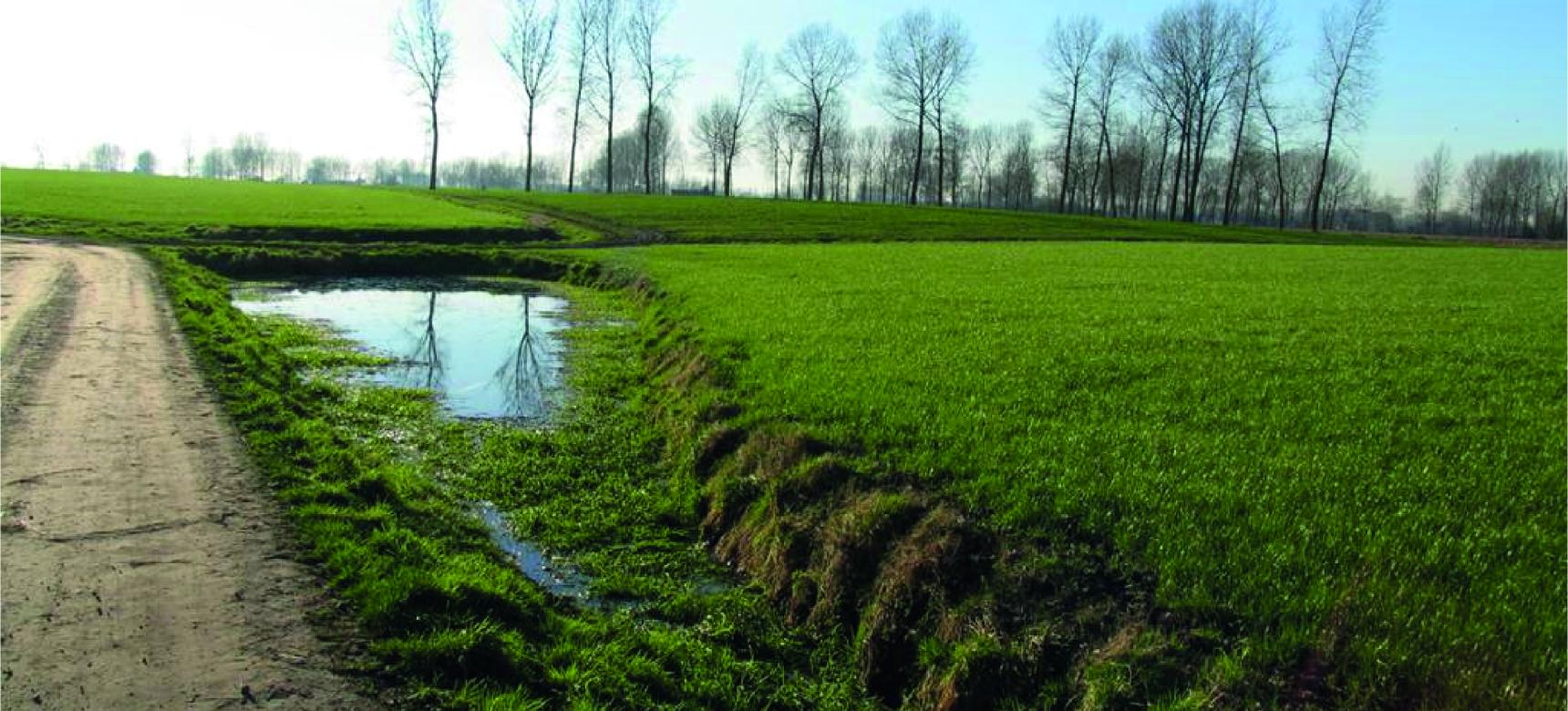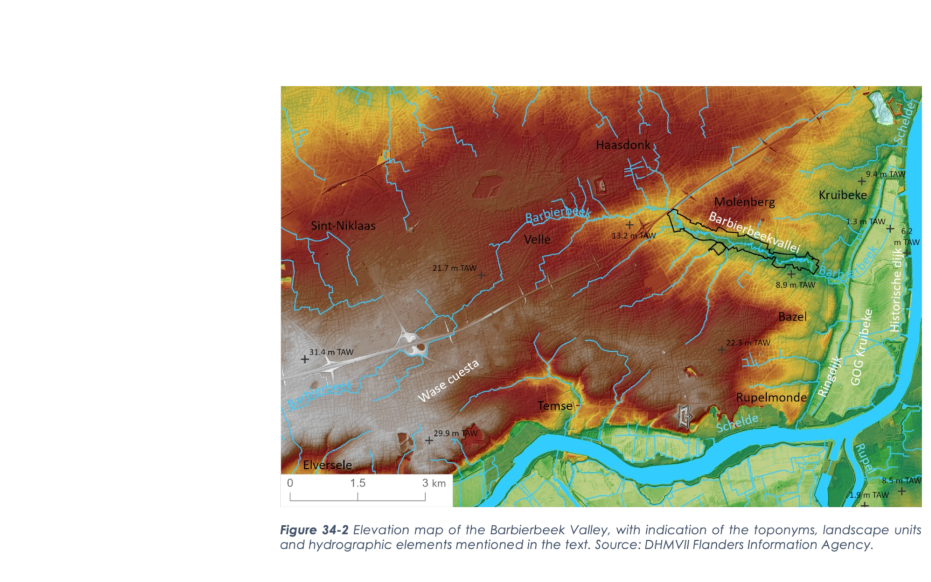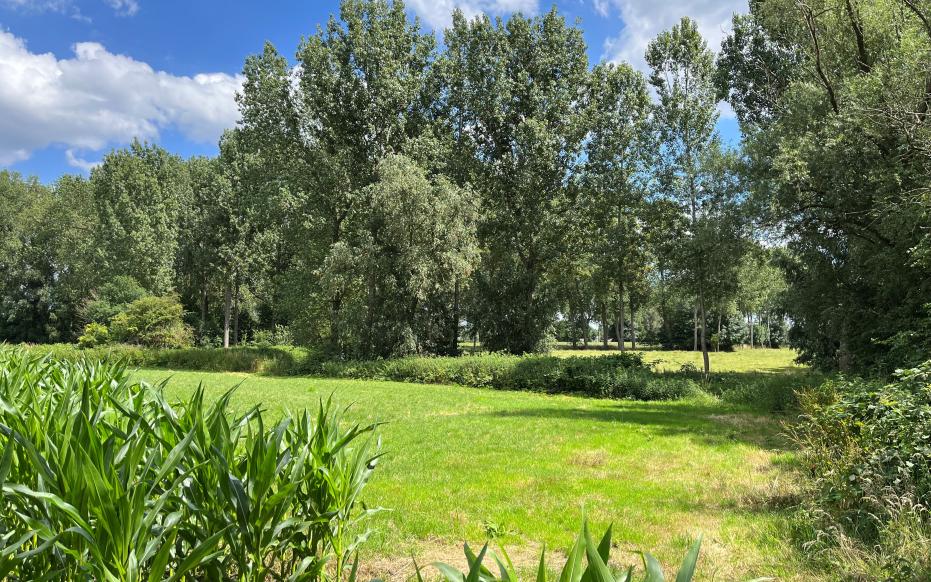Meandering stream
Presumably, the valley was already formed during the Late Glacial, between about 15000 and 12000 years ago, by a precursor of Barbierbeek. In any case, the Barbierbeek became an increasingly important watercourse during the last few thousand years: the groundwater level rose during the Holocene and water discharge increased. The poor permeability of the clay layer of the Formation of Boom amplified this effect. Moreover, due to the increasing deforestation during the Late Holocene, the soil in the basin was increasingly exposed to erosion and the sediment load of the stream increased. This resulted in very active sedimentation and erosion processes in the Barbierbeek Valley: meanders formed.


